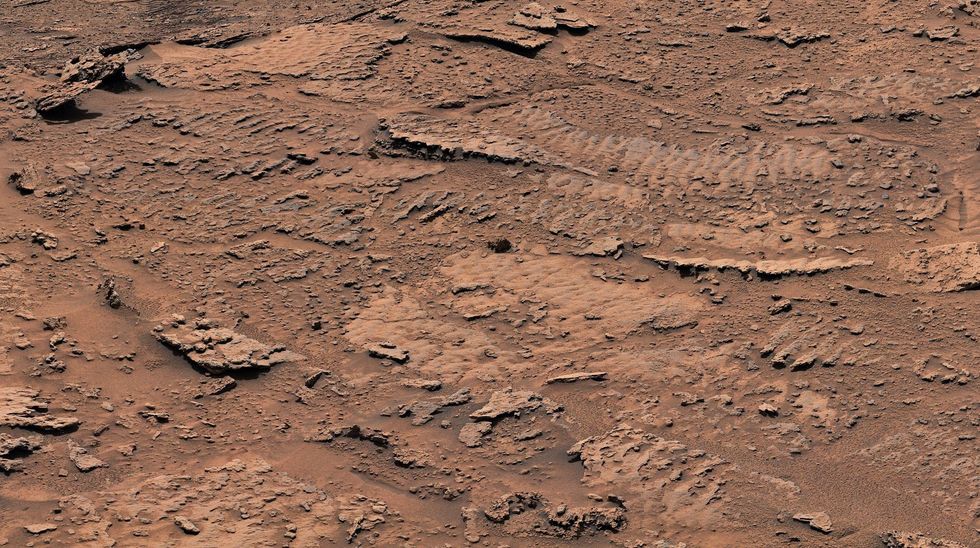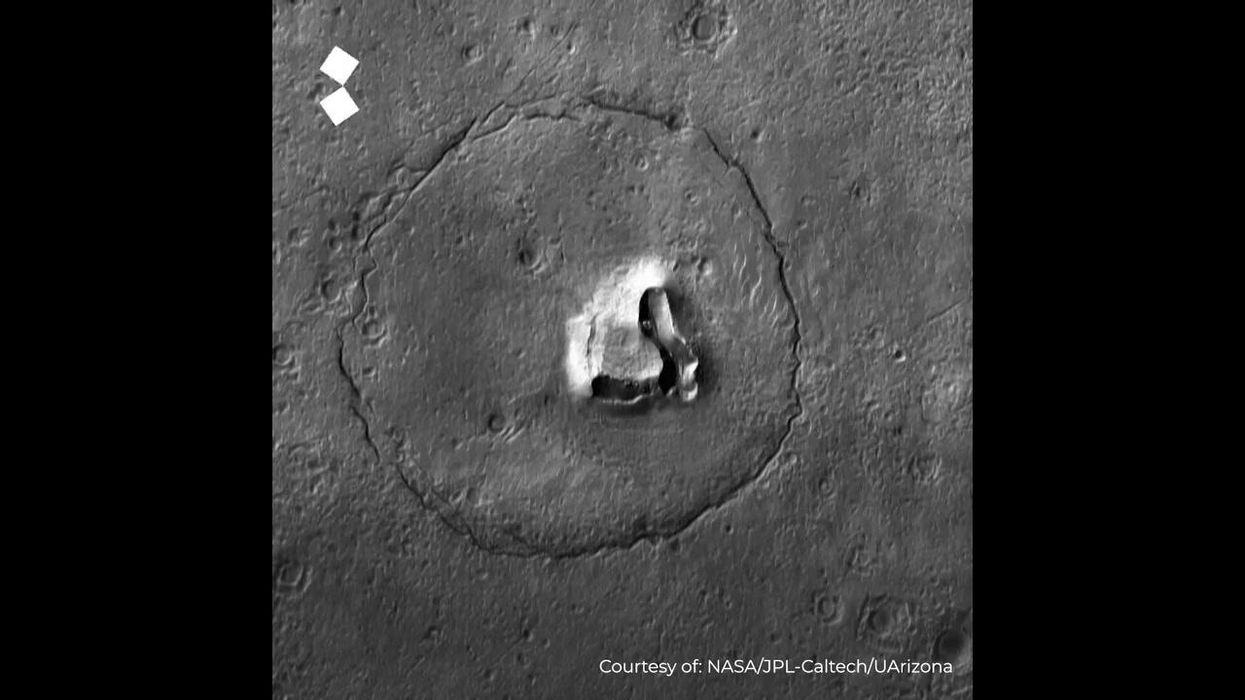Sinead Butler
Feb 11, 2023
NASA captures a ‘Teddy bear face’ on Mars
content.jwplatform.com
Mars is known for it's rocky red surface, but new evidence from NASA proves this wasn't always the case after discovering the "clearest evidence" of ancient lakes.
The space agency's Curiosity rover that has been roaming on the planet since 2012 took images of the rippled rock textures that were created billions of years ago.
Scientists weren't expecting this discovery as they believed this particular area to be dry.
Sign up to our free Indy100 weekly newsletter
"This is the best evidence of water and waves that we’ve seen in the entire mission,” said Ashwin Vasavada, Curiosity’s project scientist at NASA’s Jet Propulsion Laboratory in Southern California.
“We climbed through thousands of feet of lake deposits and never saw evidence like this – and now we found it in a place we expected to be dry.”

The ripple textures are believed to be created over time as a result of waves on the surface of a shallow lake that stirred up sediment at the lake bottom.
“The wave ripples, debris flows, and rhythmic layers all tell us that the story of wet-to-dry on Mars wasn’t simple,” Vasavada said. “Mars’ ancient climate had a wonderful complexity to it, much like Earth’s.”
From 2014, Curiosity has been scaling the foothills of Mount Sharp, a three-mile-high (5-kilometer-tall) mountain that NASA say was previously "laced with lakes and streams that would have provided a rich environment for microbial life – if any ever formed on the Red Planet."
The mountain has layers with the the oldest at the bottom of the mountain and the youngest at the top. This has enabled the rover to collect information and for scientists to understand the planet's evolution from it's ancient Earth-like past with a warmer climate and water, to the freezing barren desert seen today.
Have your say in our news democracy. Click the upvote icon at the top of the page to help raise this article through the indy100 rankings.
Top 100
The Conversation (0)














